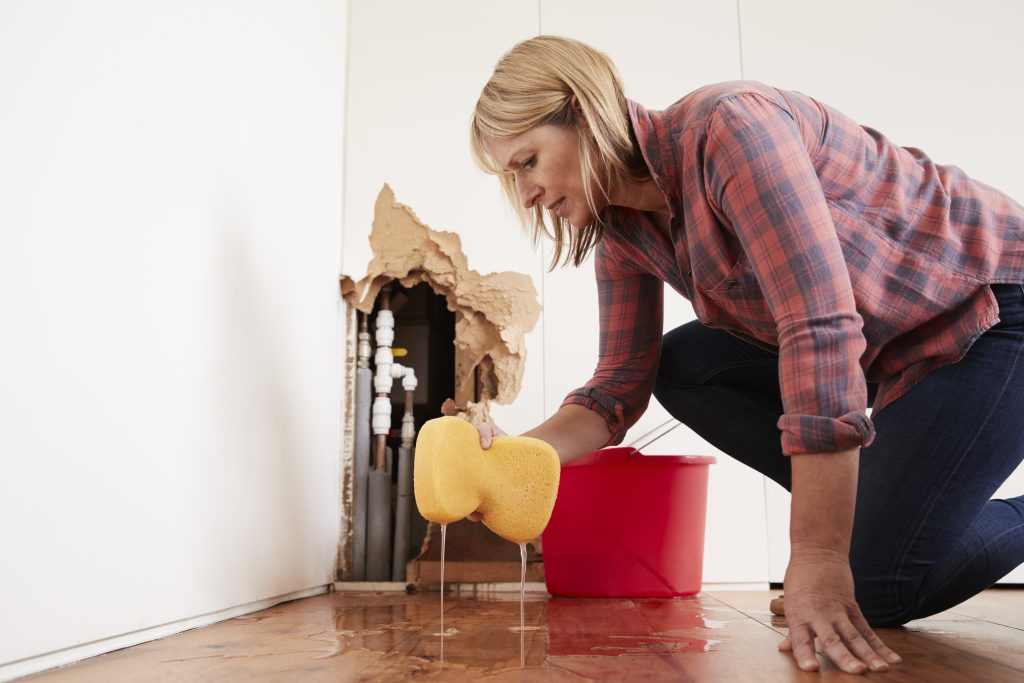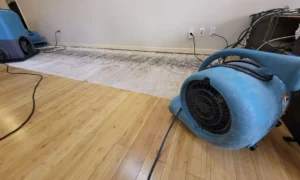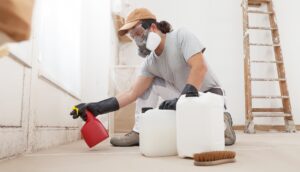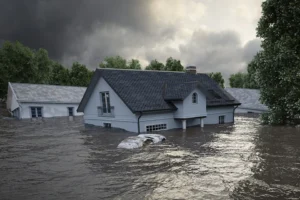Water damage can be a homeowner’s worst nightmare, causing extensive harm to your property and potentially leading to high repair costs. To help you manage and avert this risk, we’ve compiled a comprehensive set of preventive measures that are easy to implement. By taking proactive steps, you can significantly reduce the likelihood of water damage harming your beloved home. Our guidance is grounded in our extensive experience dealing with water-related issues, ensuring you get advice that’s not only practical but proven.
In this article, we will explore how regular checks and maintenance can keep crucial parts of your home in peak condition, preventing water damage before it starts. We will discuss different areas such as plumbing, landscaping, roofing, and the importance of seasonal inspections. Each of these components plays a vital role in maintaining the integrity of your home against the challenges posed by water. By following our tips, you’ll equip yourself with the knowledge to protect your property and enjoy peace of mind knowing you’re well-prepared against potential water threats.
Identifying the Source of Smoke Odors
One of the first steps in effectively eliminating smoke odor after a fire is identifying all the sources of smoke. Smoke can permeate into various materials within a home or business, including walls, carpets, furniture, and even HVAC systems. We start by conducting a thorough inspection of the affected area, using tools like thermal imaging cameras to detect areas with residual soot and smoke that may not be visible to the eye. This crucial step ensures that no affected area is overlooked, which is vital for the complete removal of the odor.
Our team takes care to assess every inch of the space, noting areas that have absorbed smoke and require detailed attention. We look for patterns—such as how smoke rises and settles into high places like ceilings and upper walls. Understanding these patterns helps us target our cleaning efforts more effectively. To ensure that every source of odor is addressed, we also inspect behind walls, under floors, and within ductwork, where odors often linger long after the visible signs of a fire have been cleared away.
Techniques We Use for Smoke Odor Removal
After pinpointing where the odors are coming from, we utilize a combination of techniques tailored to remove smoke odors thoroughly and efficiently. The process typically starts with ventilation to clear out as much of the smoke as possible. This is followed by deep cleaning all surfaces to remove soot and residue. For this, we use specialized cleaning agents designed to break down smoke molecules and neutralize odors, which are safe for various surfaces and effective in odor elimination.
We also apply thermal fogging, a technique that uses a fine mist created by heat to penetrate surfaces and neutralize smoke odor at a molecular level. This method is particularly effective because it mimics the way smoke penetrates into materials, but instead delivers a cleansing agent that thoroughly eliminates persistent odors. In addition, we utilize ozone treatments, an advanced method where an ozone generator converts oxygen into ozone, effectively oxidizing smoke residues and neutralizing odors. These professional approaches ensure that the space not only smells fresh but is also healthier to inhabit.
Key Roofing Maintenance Tips to Prevent Leaks
Ensuring that your roof remains in good condition is one of the most effective ways to prevent water damage. Regular roof maintenance can save you from costly repairs and extend the life of your roof. We recommend inspecting your roof at least twice a year, especially after heavy storms. It’s crucial to look for missing, damaged, or aging shingles and replace them promptly. Also, check for any sealant failures around roof penetrations such as chimneys, vents, and skylights, and reapply as necessary.
It’s equally important to keep your gutters and downspouts clear. Clogged gutters can lead to water backup, which can damage your roof and the structure of your home. Ensure that water flows freely and is directed away from your foundation by maintaining clean gutters and downspouts. These simple maintenance tasks can significantly decrease the likelihood of leaks and subsequent water damage.
Seasonal Home Inspections to Ward Off Water Damage
Seasonal inspections are key in identifying potential problems before they lead to significant damage. At the change of each season, conduct a thorough check of your home’s interior and exterior. Inside, look for any signs of leaks, such as water stains on ceilings and walls. Inspect windows and doors for deteriorated seals that can let water seep in. In basements and crawl spaces, keep an eye out for any moisture or mildew signs, which often indicate excessive dampness or leaks.
On the exterior, assess the condition of exterior paint and siding. Peeling or blistering paint can be a sign of moisture intrusion. Make sure the landscaping does not direct water toward the house but rather away from it, and that irrigation systems are functioning properly without spraying directly onto structural elements. Seasonal inspections can help catch small issues before they become costly repairs, helping to maintain the integrity of your home and protect it from water damage.
Conclusion
At Northwest Restoration, we understand the importance of thorough maintenance and regular inspections to prevent property damage. By emphasizing proactive steps in maintaining your plumbing, landscape, roof, and conducting seasonal inspections, you can significantly reduce the risk of water damage to your home. However, should you ever find yourself facing an unexpected problem, remember that our team is here to help restore your property efficiently and effectively.
If you’re looking for expert advice or need assistance with water damage restoration services, don’t hesitate to contact us. Let Northwest Restoration help you protect and restore the place you call home.









